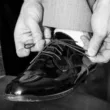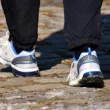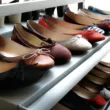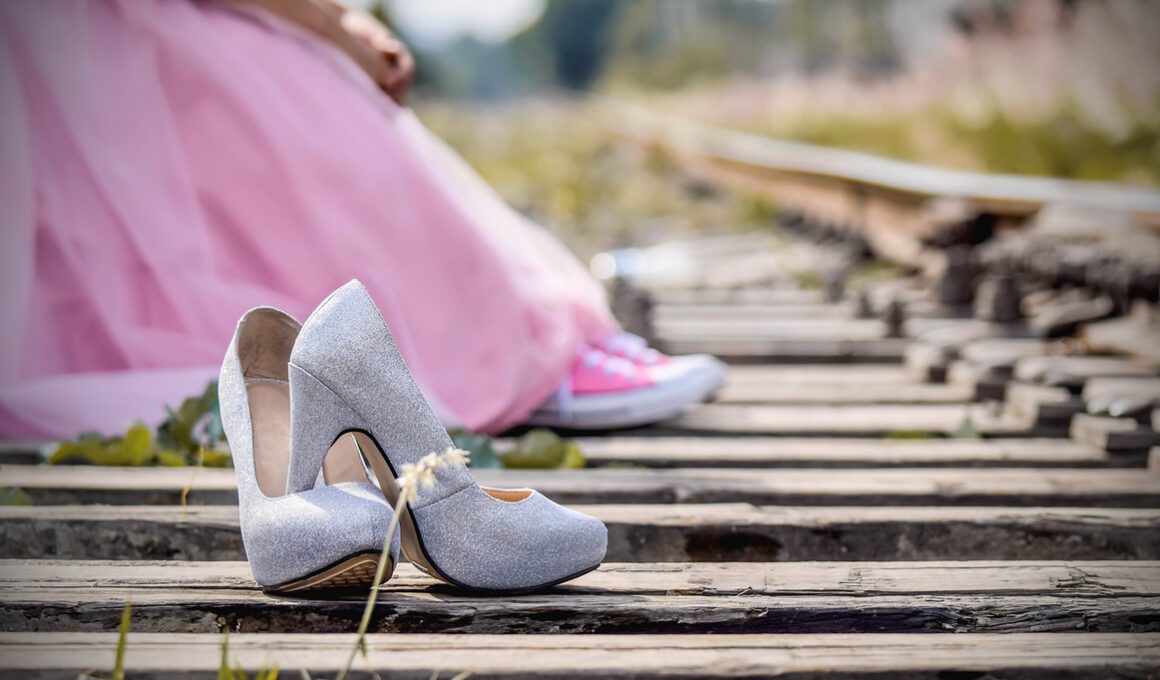The debate about wearing shoes or not has raged for over a decade, ever since Nike first released the Free in 2004. The company had already become a global force in the sporting world, and Christopher McDougal’s book Born to Run further sparked the debate. But what exactly are the health benefits of wearing shoes? And what are the costs of wearing minimalist style shoes? We’ll tackle these questions and more in this article.
Health benefits of wearing shoes
Wearing shoes indoors has many benefits, from preventing illnesses to reducing strain on the feet. It helps to prevent injuries and back problems related to walking barefoot on hard surfaces. It can also help people with chronic conditions like plantar fasciitis (inflammation of the thick band of tissue that connects the heel bone to the toes).
The study found that the odds of wearing shoes increased when participants received them. The likelihoods were greater when participants were living in urban areas and in households with paved surfaces, such as streets. However, these findings varied among demographic groups and between different footwear types. This likely contributed to the inconsistency of shoe-wearing across communities. Therefore, it is important to ensure that interventions targeting these populations are effective across the board. But how do we measure the effectiveness of footwear interventions?
Minimalist style shoes do not simulate barefoot walking
While most minimalist style shoes are designed to mimic barefoot walking, they do not actually simulate barefoot walking. Instead, they are a modified version of conventional shoes. This is because most people use their heels to strike the ground. In order to achieve barefoot running, you must change your technique to land on your forefoot. Besides, minimal shoes do not offer any cushioning to the heel. This means that there is a higher risk of heel fractures, particularly among people with rigid, high-arched feet.
If you are looking for minimal shoes that simulate barefoot running, you should choose ones that have rubber soles. These shoes are more flexible and durable than most shoes. However, they may not be as comfortable as barefoot shoes. For this reason, minimalist shoes may not be the best choice. There are also other factors to consider before buying barefoot shoes. The most important thing is to check out the reviews before making a purchase.
Cost of minimal style shoes
The price of minimal style shoes is comparable to that of ordinary running shoes, but the main difference is the material used to make them. While traditional running shoes can be purchased for $30 to $60, minimal shoes tend to be made of a much higher quality. Minimalist shoes are also more durable, and can last for years, unlike ordinary running shoes. They allow your feet to move more freely, and offer the most natural connection with the ground.
Despite the high price, the minimalist shoes are versatile enough to be worn in a variety of settings, from jogging on a trail to cross-training on a treadmill. This means you can wear them for a variety of activities without sacrificing performance. The Vivobarefoot Primus Trail II FG is a great example of a minimalist shoe that can do a variety of activities. Although it is costly, it is a great investment that will give you years of comfortable wear.
Podobne tematy




